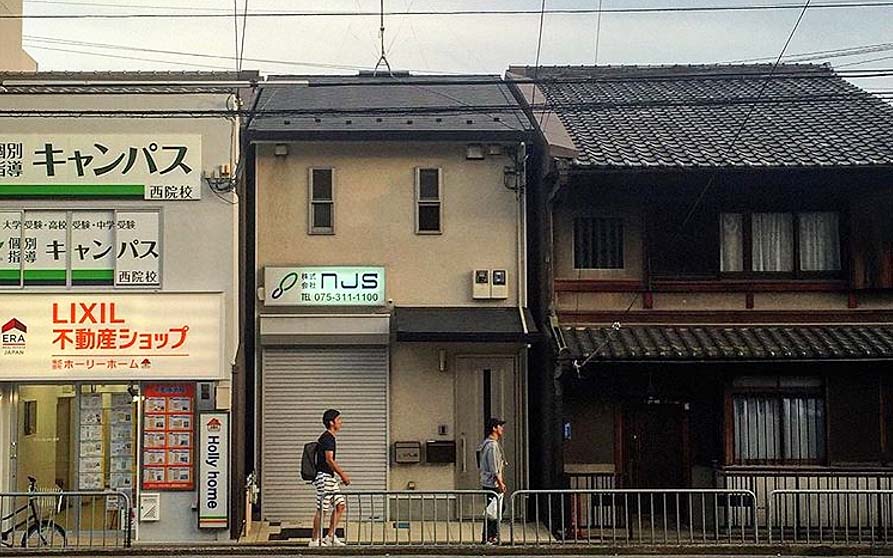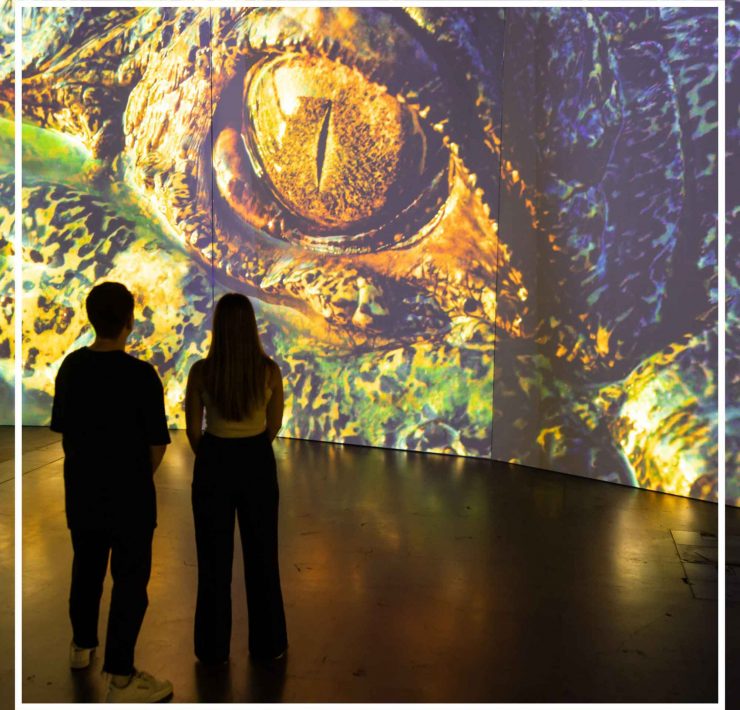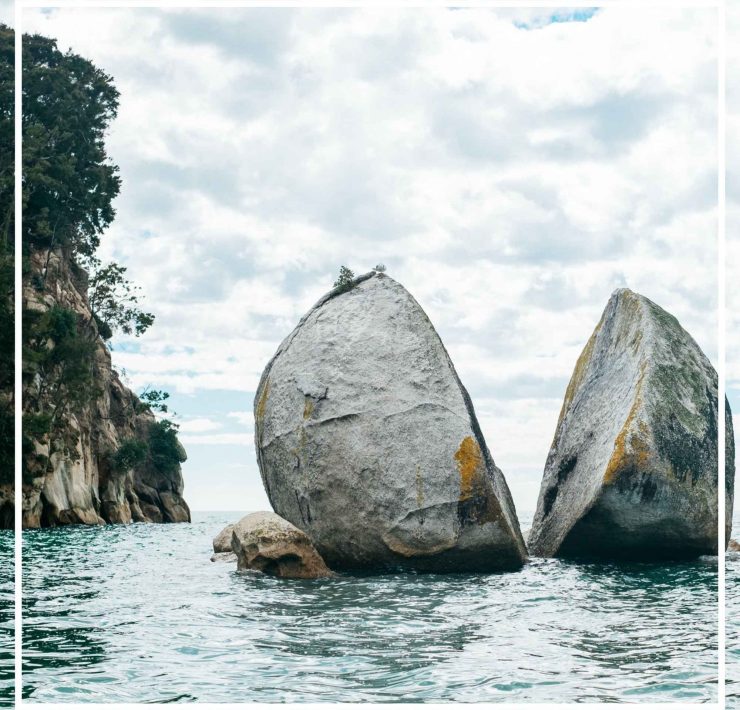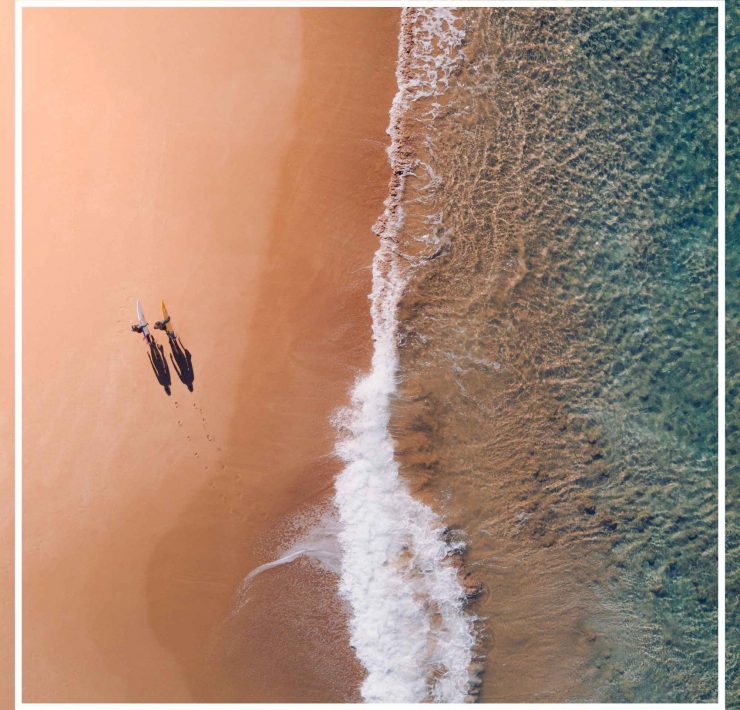Chaotic, Charming And Arty: 48 Hours In Lima

Taryn is AWOL's founding editor. She previously edited Beat Magazine…
If – like many young Australians – you’ve decided to make Peru the first port of call on your South American adventure, you’ve made the right choice. It’s like a microcosm of the continent, with a view to the Pacific, swathes of verdant Amazon rainforest, the towering peaks of the Andes, and plenty of fascinating remainders from ancient civilisations.
Contemporary Peruvian culture has spent some time in the spotlight recently, thanks largely to its art and craft scene, noteworthy hotels and food that makes you go “phwoar”. Start your Peruvian trip with two days in underrated, colourful and chaotic capital, Lima.
[related_articles]50114[/related_articles]The Lay Of The Land
The city, packed with 10 million inhabitants and sprawling to the foothills of the Andes, is centred around its grassy seaside cliffs overlooking the grey-blue Pacific. (Fun fact: Lima is one of the few capitals cities in in the world where you can surf.)
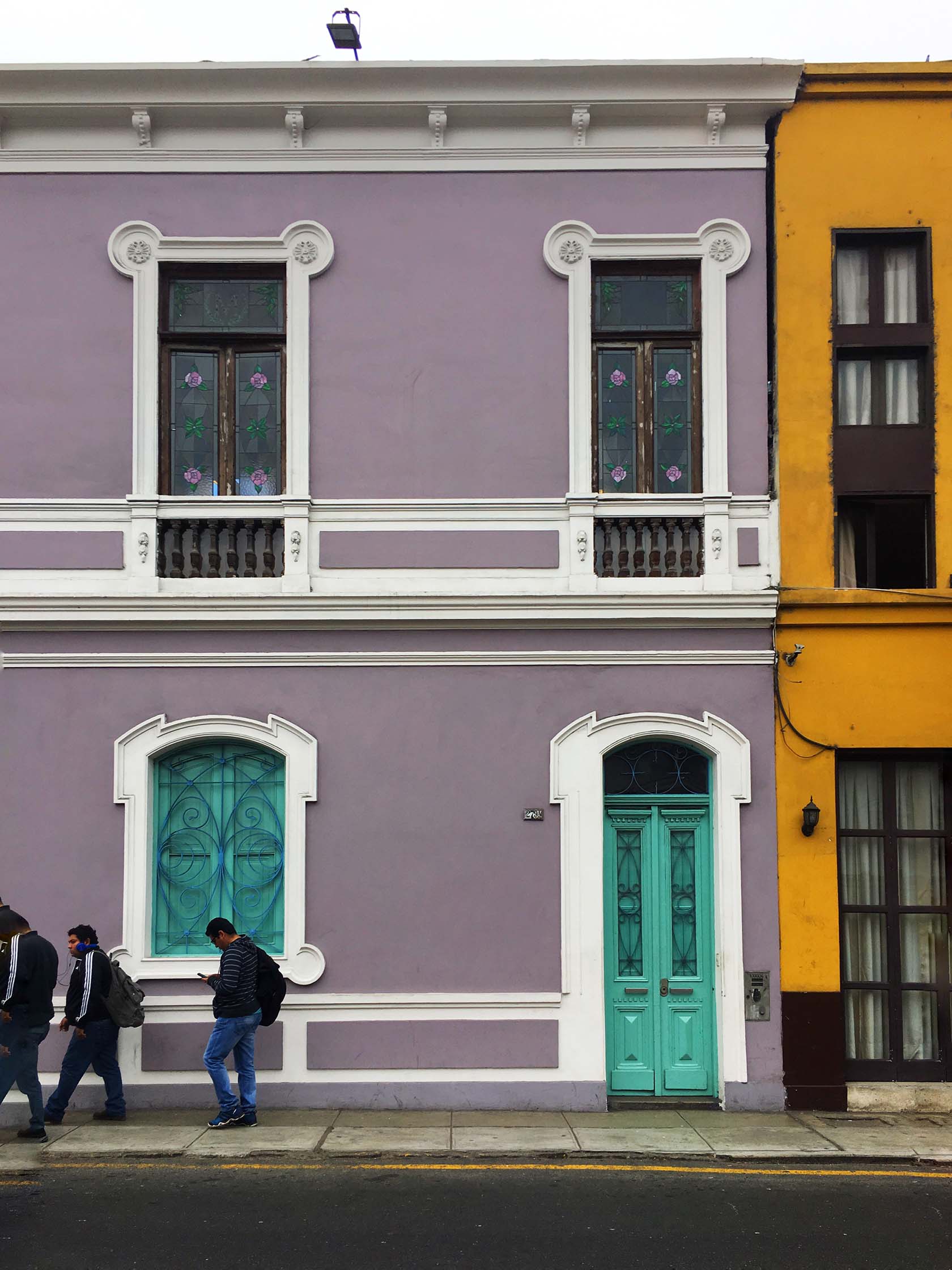
Cool suburbs like Barranco and Miraflores are dotted along the coast. The huge colonial houses in these areas were once holiday homes for wealthy locals who lived in Lima’s historic centre, just 10km away (up to an hour in the city’s notoriously congested traffic).
Fill Up On The World’s Best Food
Lima has ascended the ranks to become South America’s culinary capital, with three of the world’s 50 best restaurants – Centrale (#5), Maido (#8), and Astrid y Gastón (#33) – within its city limits. With two days in Lima, a visit to at least one of these institutions should be a high priority.
While Centrale is famed for its painstakingly considered dishes using native Peruvian ingredients, Maido chef Mitsuharu “Micha” Tsumura combines Japanese and Peruvian foods and flavours in a style called ‘Nekkei’. It’s popular thanks to the large Japanese migrant community in Peru. Here, you’ll feast on nigiri with thinly sliced Angus beef, topped with a ponzu-injected quail egg and served with the blast of a small blowtorch; tender octopus grilled in a butter and soy-based sauce with Peruvian potato; and pork belly cooked low and slow and served with a ramen reduction.
At Astrid y Gastón, notable for the beautiful, colonial mansion it inhabits, the fun and friendly service removes any feeling of formality, even with the fine-dining label. Head chef Gastón Acurio, known as the architect of the Peruvian food movement, has his stamp on dishes like scallops from Peru’s coastal south, served with lucuma (a local fruit) gnocchi, chestnuts, and an Amazonian sauce, beef and coriander dumplings with translucent casings, and a tasting plate of ceviche, a celebrated Peruvian cured fish dish.
Still Got Space?
Peruvian food isn’t all about accolades, and its everyday offerings are just as good as its decorated restaurants. For a comprehensive taste, book the culinary experience at the extra-arty boutique digs of Hotel B in Barranco, where Head Chef Diego will take you on on a three-hour tour of the city’s finest sustenance.

You’ll stop in a local market to sample dozens of huge, lush fruits; try a cold brew coffee layered on pineapple juice with a dash of lemon at Bisetti, one of the driving forces of the city’s burgeoning cafe scene; drink the best milkshake of your life at La Bodega Verde, made with the maple-tasting subtropical Andean fruit lucuma; and finish with a hands-on cooking class back at the hotel where you’ll learn to make Pisco Sours, ceviche, and the famous Chinese-Peruvian beef dish lomo saltado.
For The Design-Minded
From Hotel B, fans of design should take their full bellies across the road to Délado. You could get lost for hours in this huge art and design market, which is filled with traditional and contemporary Peruvian fashion, jewellery, homewares, stationery, and craft.

Artesanías Las Pallas is also up the road, bursting at the seams with native Peruvian folk art, the purchase of which supports artists in rural areas.
The nearby MATE Museum is a shrine to the iconic Peruvian fashion photographer Mario Testino. While Testino’s celebrity candids and high-fashion shoots are fascinating windows into the modern soul, his most powerful portraits are from the Alta Moda series, which features indigenous Peruvians from Cusco – powerful, poised, and proud in their vibrant traditional dress. This title is a play on words. It means “high fashion”, which, arguably, is fitting for any wares from the elevated Andes.
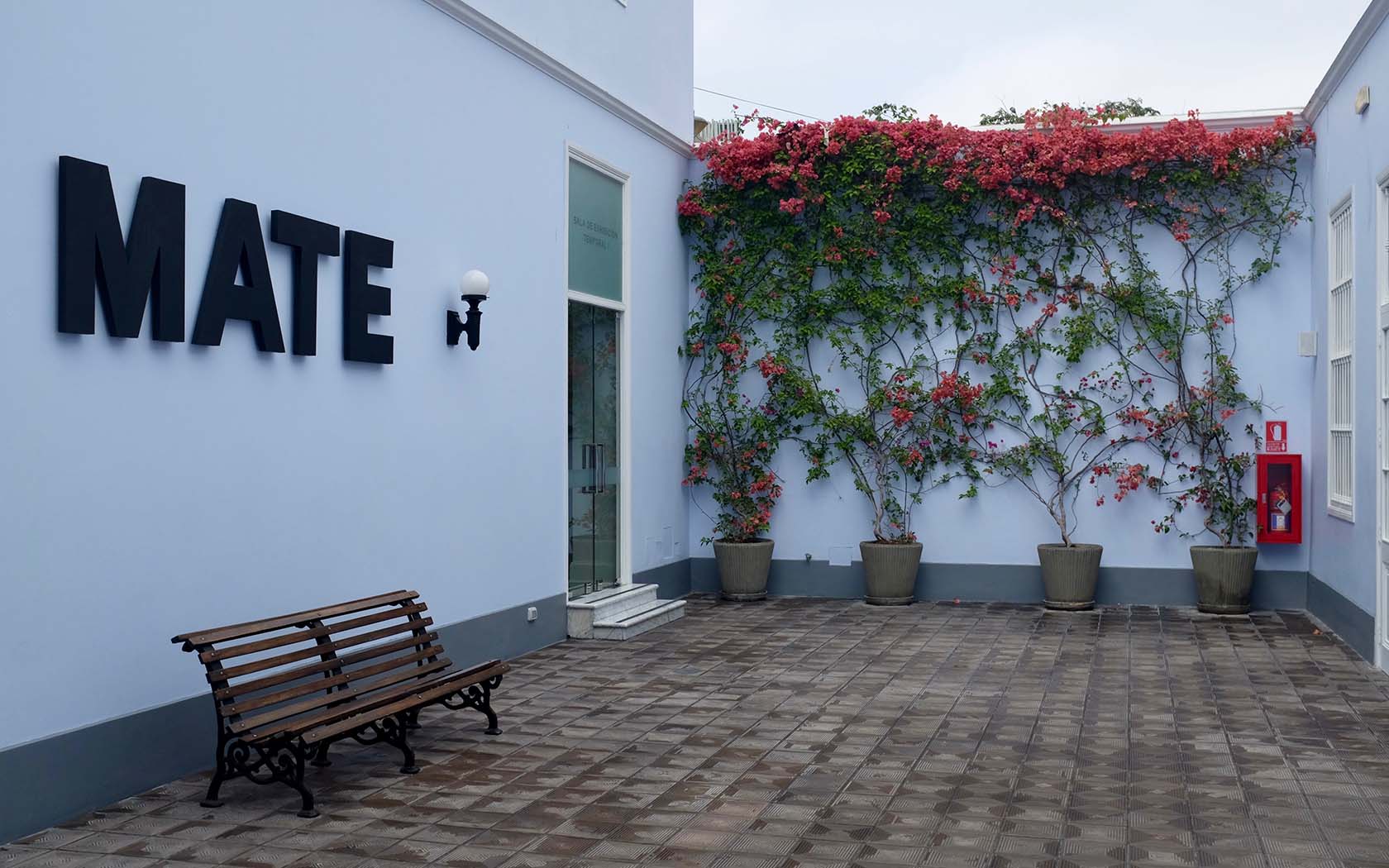
The gift shop is ideal for gawking and, for Australians, there’s the unique joy of seeing the word “mate” sprawled high across a wall.
Make A Lasting Memory
El Parque del Amor (the Love Park), in a particularly manicured part of Miraflores, is set around a huge statue of a kissing couple, with mosaics spelling out the names of famous lovers.

The warm-fuzzies extend down to Barranco’s Puente de los Suspiros (Bridge of Sighs), named for its popularity as a place to woo a crush. Rumour has it that, if you cross this small, wooden footbridge while holding your breath the whole way, any wish you make will come true.
Huaca Pucllana is a giant clay brick structure with staggered platforms stretching over the better part of an inner-city block. It was built by members of the pre-Incan Lima culture and demonstrates the city’s cool contrasts, where a sacred place meets high-density living, (sometimes) restored colonial buildings, a handful of high-rises, shiny new tourist hotspots, and pueblos jóvenes, the shanty towns on the outskirts of the city.
Taryn Stenvei was a guest of Visit Peru.
(Lead image: Art DiNo / Flickr. All other images: Taryn Stenvei)
[qantas_widget code=LIM]Check out Qantas flights to Lima.[/qantas_widget]Taryn is AWOL's founding editor. She previously edited Beat Magazine and has contributed to Junkee, Beat and The Brag. She has travelled to over 30 countries and countless cities, leaving plenty of evidence on her Instagram @ninettey.


